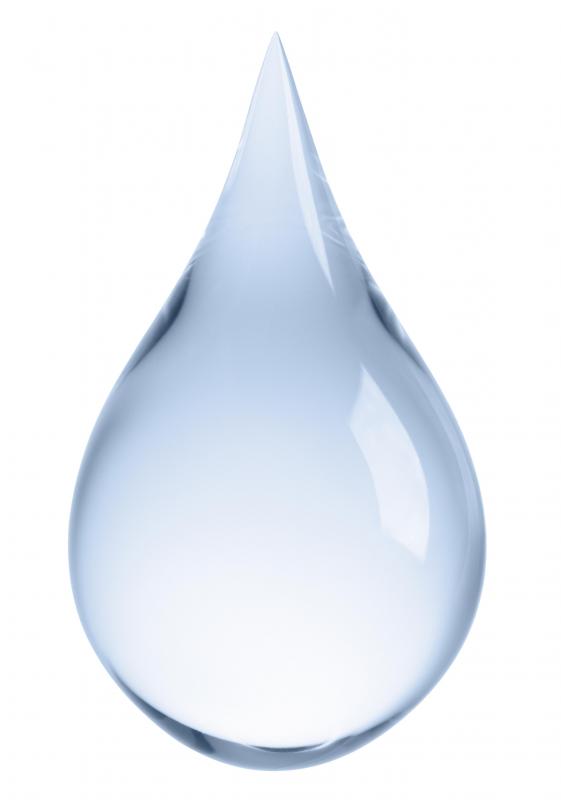At HomeQuestionsAnswered, we're committed to delivering accurate, trustworthy information. Our expert-authored content is rigorously fact-checked and sourced from credible authorities. Discover how we uphold the highest standards in providing you with reliable knowledge.
What is a Rainwater Diverter?
A rainwater diverter is a system used to collect rainwater. The rainwater can then be used for irrigating plants, for washing, and in some cases, for drinking. Collecting rainwater is an ancient practice that is still used around the world in regions where water is scarce, such as the U.S Virgin Islands and parts of Australia.
A rainwater diverter collects water from a large surface area, such as the roof of a house or barn. Gutters along the edge of the roof direct the water into a barrel or cistern where the water can be stored. Some systems are as simple as a barrel placed under a rain gutter, while others might have a more complex series of gutters and pipes that move the water into above-ground or underground storage containers.

If the rainwater is to be used for irrigation, a hose or drip connector can be attached directly to a collection container. In a home where the water will be used for washing, pumps are used to move the water indoors to sinks, showers, or washing machines. Rainwater right from the sky is generally perfectly safe to drink, but it can pick up contaminants from the roof, gutters, or containers. If the rainwater diverter is for collecting drinking water, additional filters or water treatment might be required. Homeowners must also take care to choose materials that won't contaminate the water.

Most rainwater collection systems are relatively inexpensive to build. In regions where homes have access to municipal water, people might collect rain water to save money on water bills or as part of a conservation plan. In some places, there might be local aesthetics restrictions that prevent collection cisterns outside the house, while other regions might forbid rainwater collection because of the risk of reducing the amount of water in local water tables.

Using a rainwater diverter has many advantages. Rainwater is extremely soft because it has not passed through the minerals in the soil. Washing clothes in rainwater leaves them cleaner because the soap is more effective, and rainwater doesn't leave any buildup in the machinery. Rainwater also leaves hair very soft and shiny. Indoor and outdoor plants do better in rainwater not only because it is soft and free of chlorine and other impurities, but because it contains more nitrogen from its interaction with atmospheric electricity. Rainwater can also be used to flush away the layer of mineral and salts that accumulate on the soil surface from hard water.
AS FEATURED ON:
AS FEATURED ON:













Discuss this Article
Post your comments